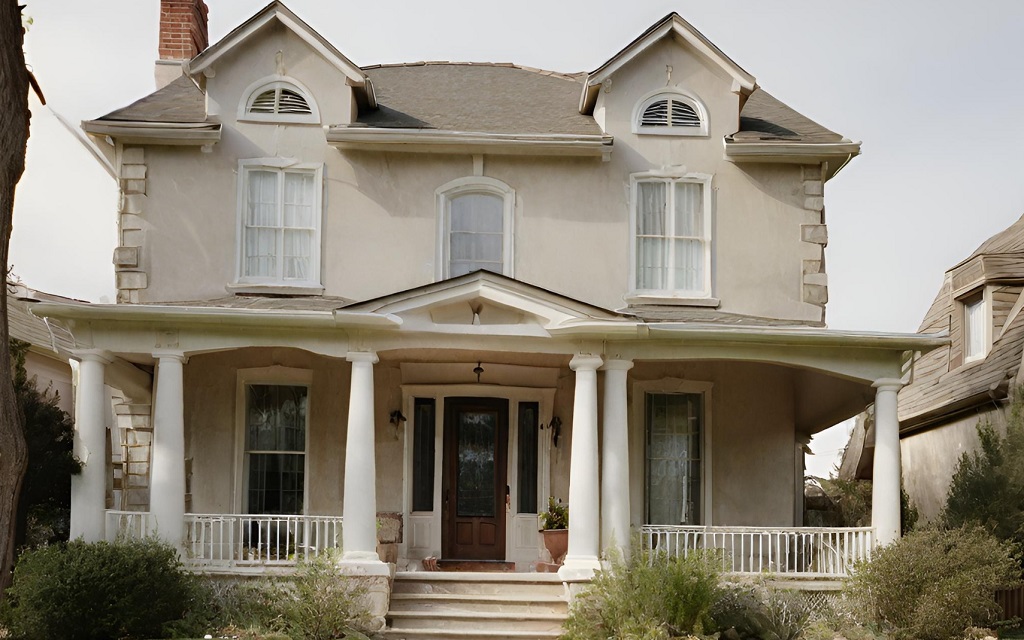For many homeowners, discovering that their home is on unstable ground can be a frightening revelation. A shaky foundation can lead to many safety concerns, structural damage, and overall anxiety about the future of the given property. To navigate this challenging situation, it’s crucial to understand what constitutes dangerous ground, the warning signs to watch out for, and the steps to deal with a house that sits on unstable ground.
Table of Contents
- Unstable Ground: What Does It Mean?
- Warning Signs of an Unstable Foundation
- Assessing Risks and Seeking Professional Help
- Unstable Ground: Managing Risks and Addressing Concerns
- Securing Your Property and Future
- Dealing with Unstable Ground Recap
Also see:
Unstable Ground: What Does It Mean?
Unstable ground refers to any terrain that may not adequately support the weight of a building or other structure. Some cause of this ground is soil type, excessive water content, seismic activity, or improper construction methods. When a house is on such terrain, it can be subject to differential settlement and even structural failure if left unaddressed.
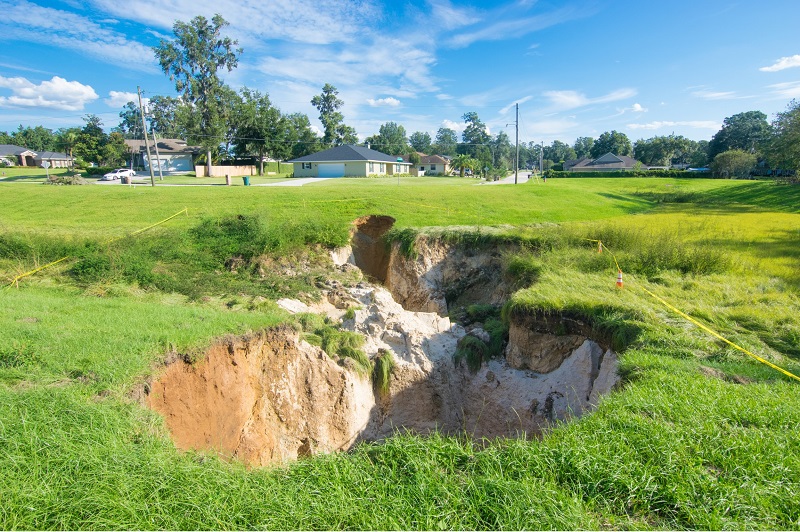
Warning Signs of an Unstable Foundation
A well-informed homeowner can recognize common signs that point to foundation issues. By knowing these signs, you can identify problems sooner by periodically running thorough inspections around the home.
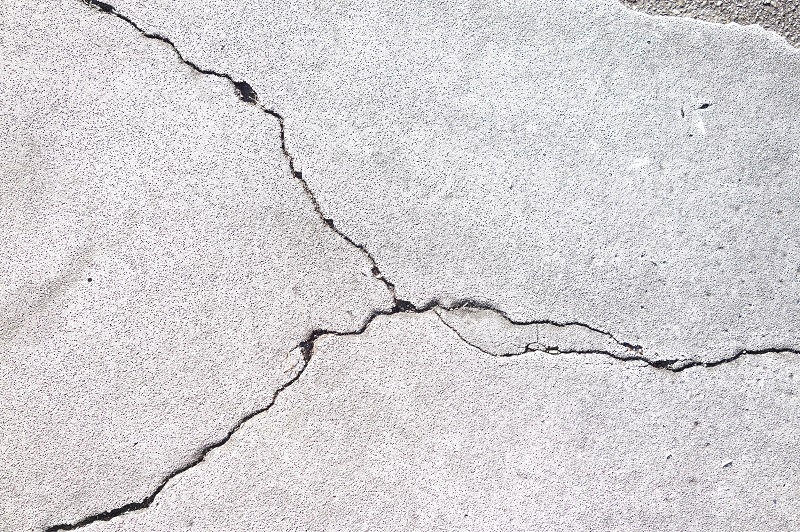
Signs of an unstable foundation may include:
- Cracks in walls, floors, or ceilings
- Uneven or sloping floors
- Doors and windows that are hard to open or close
- Gaps between walls and the floor or ceiling
- Formation of sinkholes or increased ground movement near the house
If you notice any of these warning signs, it’s time to take action and find a solution to fix your home and prevent further damage.
Assessing Risks and Seeking Professional Help
One of the first steps in addressing a house built on unstable ground is to seek out professional advice. You should start by consulting foundation repair specialists, geotechnical engineers, or structural engineers.
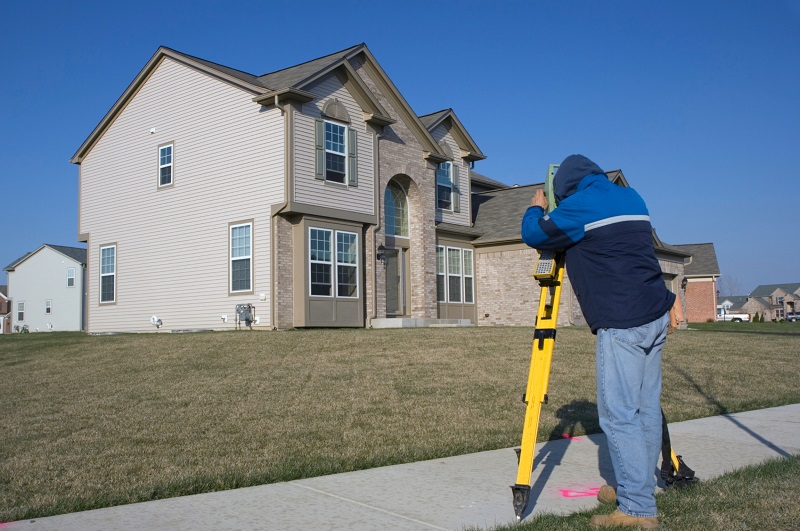
Obtaining a property survey or a structural settlement survey from a licensed surveyor can also provide valuable insight into the condition of your land and property. With a good survey, you can then work effectively with professionals to determine if your house needs underpinning or other solutions.
Unstable Ground: Managing Risks and Addressing Concerns
After consulting with professionals and obtaining all necessary assessments, the next step is to manage the risks of unstable ground and take appropriate action to protect yourself and your property.
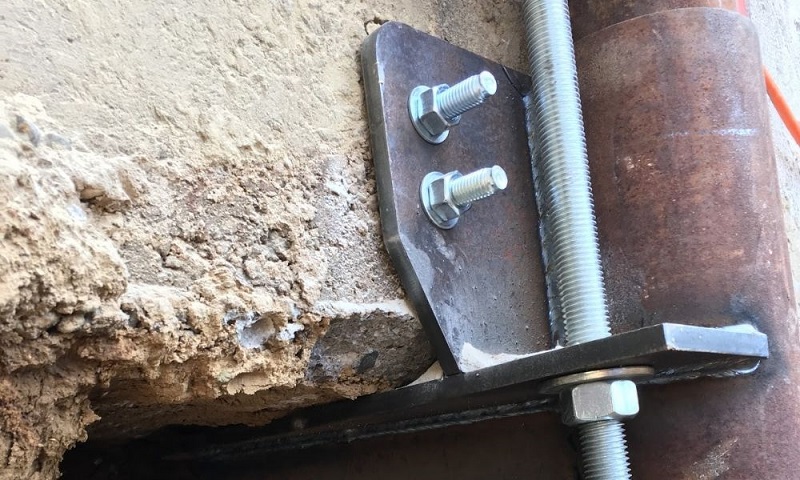
Close up view of a helical pier for foundation repair
This action can range from underpinning and other foundation repair methods to implementing proper drainage solutions or relocating to a new home if necessary. In some cases, reinforcing the existing foundation with additional materials or adopting ground improvement techniques might also prove beneficial in maintaining the structural integrity of your home.
Securing Your Property and Future
Regardless of the solution implemented, the ultimate goal is to ensure the occupants’ safety and the home’s long-term stability. Once you implement a solution, be on the lookout for telltale signs of any recurrence.
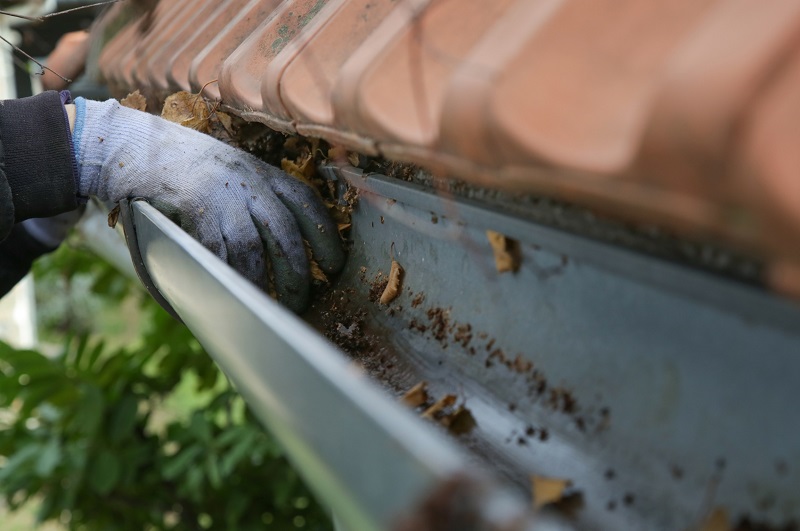
Performing recurring maintenance tasks, conducting periodic inspections, and having adequate insurance coverage will provide valuable peace of mind. For example, always ensure that rain water flows away from your home and does not pool or settle near your foundation. These actions will also help you detect problems early and enable you to respond to them before they can significantly impact your home.
Also see:
Dealing with Unstable Ground Recap
Dealing with a house built on unstable ground can be a daunting experience. Still, with the right knowledge and resources, it’s possible to overcome the challenges and protect the safety and value of your property. Seeking professional guidance and taking proactive steps can help minimize potential damage and loss while securing a stable future for you and your home.
Follow these steps if your home is on unstable ground:
- Look for warning signs of an unstable foundation
- Consider obtaining a land survey of your property
- Seek out professional help from foundation repair specialists, geotechnical engineers or structural engineers
- Take appropriate action to shore up your land and foundation, such as: underpinning, drainage solutions, or ground improvement methods
- Prepare for reoccurrences: regular inspections; property maintenance; and adequate insurance coverage
Recommended Home Safety Articles
- Fire Insurance Canceled? Here Are Viable Options for Homeowners
- Firescaping: How to Protect Your Home with Fire Resistant Landscapes
- Researching a Neighborhood Before Buying a Home
- If You Own a Fireplace, You’ll Want to Read This
- 9 Home Renovation Safety Tips
- How to Protect Yourself During Service Calls in Your Home
- Related Topics: Maintenance | Construction | Home Safety | Water Damage
| Purgula is reader-supported. When you click on links to other sites from our website, we may earn affiliate commissions, at no cost to you. If you find our content to be helpful, this is an easy way for you to support our mission. Thanks! Learn more. |

